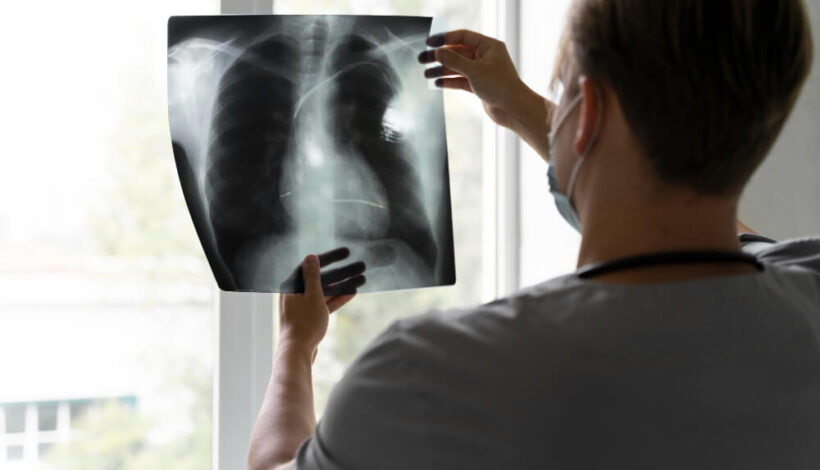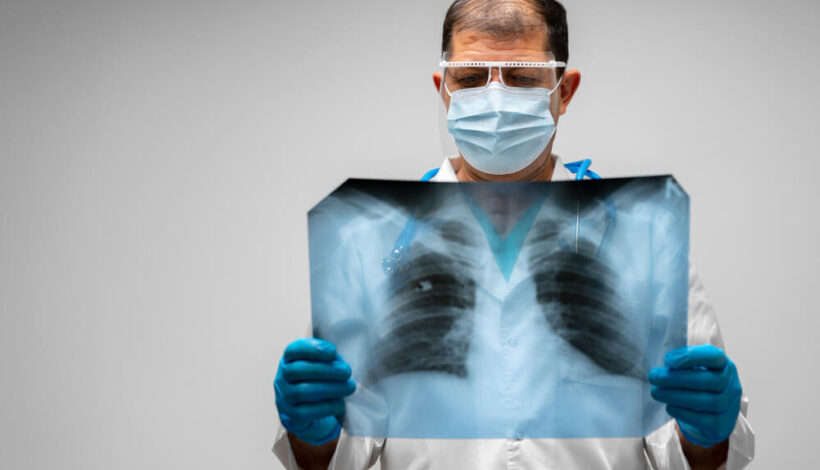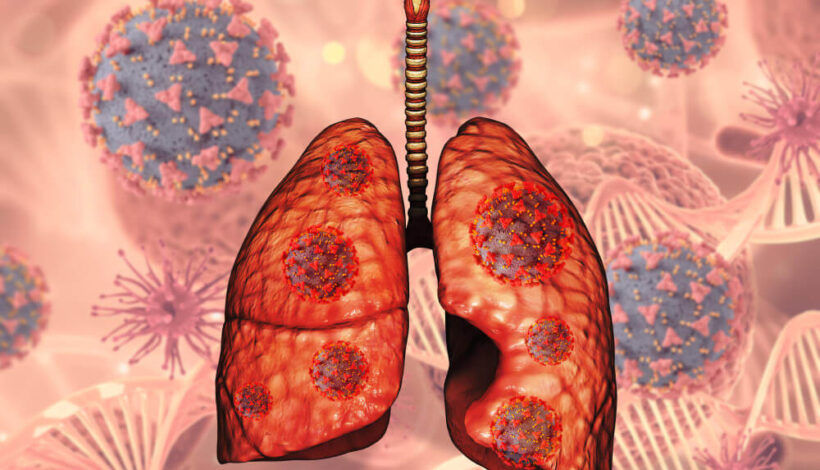Obstructive Sleep Apnea (OSA) is a common yet underdiagnosed sleep disorder characterised by repeated episodes of partial or complete upper airway obstruction during sleep, leading to disrupted breathing, oxygen desaturation, and fragmented sleep patterns. With over 25 years of specialised practice in Respiratory Medicine, Infectious Diseases, and Tuberculosis, Dr. Kumar Doshi provides invaluable insights into understanding OSA, its causes, symptoms, diagnosis, treatment, and management strategies. In this comprehensive article, we delve into OSA and Dr. Doshi’s expert guidance on managing this prevalent sleep disorder effectively.
What is Obstructive Sleep Apnea (OSA)?
OSA is a sleep-related breathing disorder caused by relaxation or collapse of the upper airway muscles and tissues during sleep, leading to airway obstruction, reduced airflow, and episodes of apnea (cessation of breathing) or hypopnea (shallow breathing). Dr. Doshi explains that OSA disrupts normal sleep architecture, impairs oxygenation, increases carbon dioxide levels, and triggers physiological stress responses, requiring prompt diagnosis and appropriate treatment to control symptoms, improve sleep quality, and support overall health and well-being.
Causes of Obstructive Sleep Apnea (OSA)
- Anatomical Factors: Structural abnormalities (deviated septum, enlarged tonsils, adenoids, narrow airway), obesity, craniofacial abnormalities (retrognathia, micrognathia), and nasal congestion can contribute to airway narrowing, obstruction, and OSA development. Dr. Doshi emphasizes the importance of identifying anatomical factors, performing diagnostic tests, and implementing personalized treatment strategies to optimize airway patency, reduce obstruction risk, and manage OSA effectively.
- Physiological Factors: Age, gender (male predominance), family history, genetics, hormonal changes (menopause, hypothyroidism), and neuromuscular disorders can influence OSA susceptibility, severity, and progression. Dr. Doshi recommends a comprehensive evaluation, genetic testing, and tailored management approaches to identify underlying factors, optimize OSA care, and support overall well-being.
- Lifestyle and Behavioral Factors: Obesity, sedentary lifestyle, smoking, alcohol consumption, substance abuse, medication side effects, and sleep deprivation can exacerbate OSA symptoms, disrupt sleep architecture, and impair respiratory function. Dr. Doshi underscores the importance of lifestyle modifications, weight management, smoking cessation, alcohol moderation, medication review, and sleep hygiene practices to reduce OSA risk, improve sleep quality, and promote respiratory health.
Symptoms of Obstructive Sleep Apnea (OSA)
- Respiratory Symptoms: Common respiratory symptoms of OSA include loud snoring, witnessed apneas (observed by partner), choking or gasping during sleep, nocturnal dyspnea, daytime sleepiness, fatigue, morning headaches, dry mouth or sore throat upon awakening, and restless sleep, indicating disrupted breathing, oxygen desaturation, and impaired sleep quality. Dr. Doshi emphasises the importance of recognizing OSA symptoms, monitoring sleep patterns, and seeking medical evaluation to identify underlying causes, assess respiratory function, and implement appropriate treatment strategies.
- Systemic Symptoms: Systemic symptoms of OSA may include mood changes, irritability, difficulty concentrating, memory impairment, reduced libido, nocturia, cardiovascular complications (hypertension, arrhythmias, heart failure), metabolic disturbances (insulin resistance, dyslipidemia), and reduced quality of life, indicating systemic inflammation, physiological stress, hormonal imbalances, and functional impairment affecting overall health and well-being. Dr. Doshi recommends monitoring systemic symptoms, promoting physical activity, practising stress management, improving sleep hygiene, and seeking medical attention if symptoms persist, worsen, or are accompanied by severe respiratory distress.
Diagnosis and Treatment of Obstructive Sleep Apnea (OSA)
- Diagnostic Tests: Dr. Doshi emphasises the importance of performing diagnostic tests, such as polysomnography (PSG), home sleep apnea tests (HSAT), Epworth Sleepiness Scale (ESS), nocturnal oximetry, and imaging studies, to identify OSA, assess respiratory function, determine disease severity, and develop personalised OSA treatment plans according to Dr. Doshi’s expert guidance.
- Treatment Strategies: Implementing targeted treatment strategies, including Continuous Positive Airway Pressure (CPAP) therapy, bilevel positive airway pressure (BiPAP) therapy, oral appliances, positional therapy, weight management, lifestyle modifications, nasal devices, surgical interventions (uvulopalatopharyngoplasty, septoplasty, maxillomandibular advancement), and supportive care, according to Dr. Doshi’s expert guidance, can help manage OSA symptoms, improve sleep quality, enhance daytime functioning, reduce cardiovascular risks, control metabolic disturbances, and support respiratory health.
- Management and Prevention: Dr. Doshi recommends developing personalised OSA management plans, practising good sleep hygiene, including sleep routine optimization, bedroom environment adjustments, positional changes, avoiding sleep deprivation, maintaining a healthy lifestyle, managing chronic conditions (hypertension, diabetes, heart disease), participating in pulmonary rehabilitation, using sleep devices correctly, and following preventive strategies (weight management, smoking cessation, alcohol moderation, medication review) to manage OSA effectively, reduce recurrence, protect respiratory health, and ensure long-term sleep quality and vitality.
Conclusion
Understanding Obstructive Sleep Apnea (OSA), recognizing symptoms, identifying causes, implementing targeted treatment strategies, and following Dr. Kumar Doshi’s expert guidance on diagnosis, treatment, and management are essential for managing this prevalent sleep disorder effectively, improving sleep quality, enhancing daytime functioning, reducing cardiovascular risks, controlling metabolic disturbances, preventing complications, and ensuring long-term respiratory health and vitality.
By understanding OSA, seeking timely medical attention, following recommended treatment regimens, practising preventive measures, and embracing a proactive approach to respiratory and sleep care, you can take proactive steps to protect, support, and optimise respiratory function, ensure optimal sleep quality, vitality, and quality of life, and benefit from Dr. Doshi’s expert advice on OSA and respiratory well-being.




